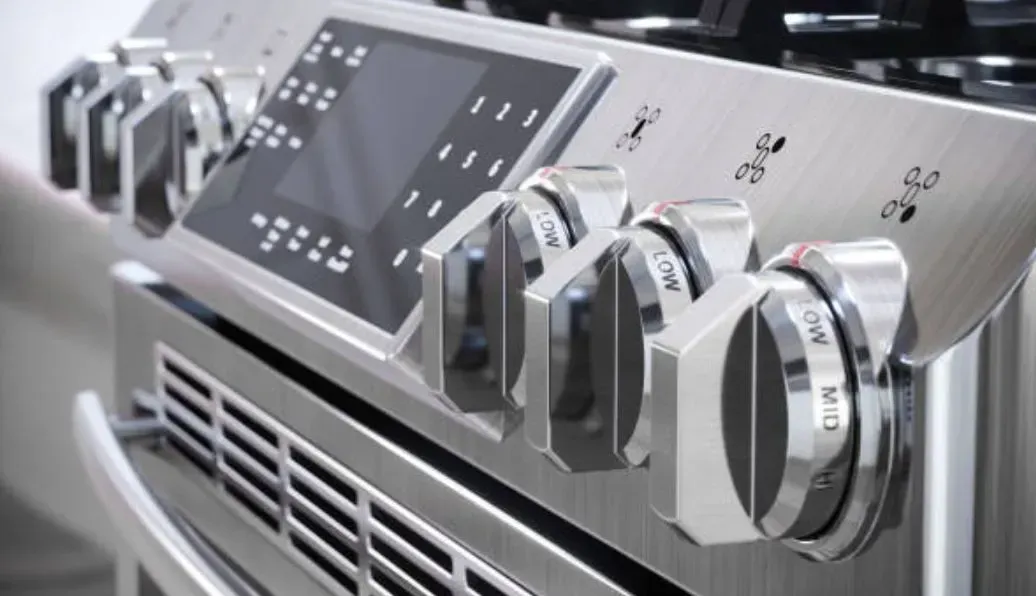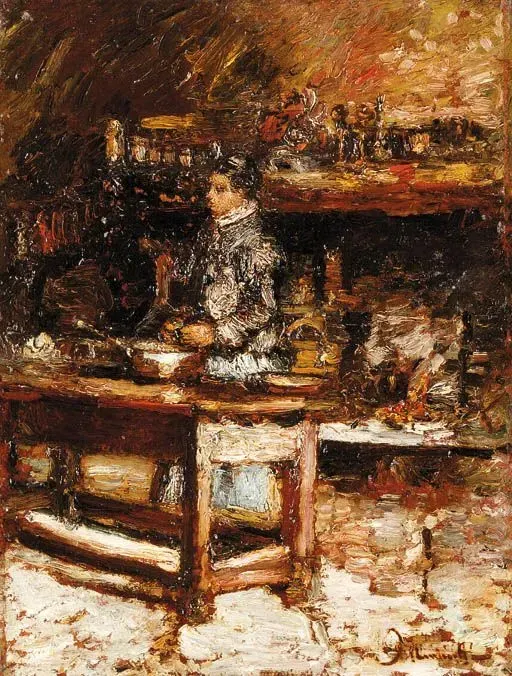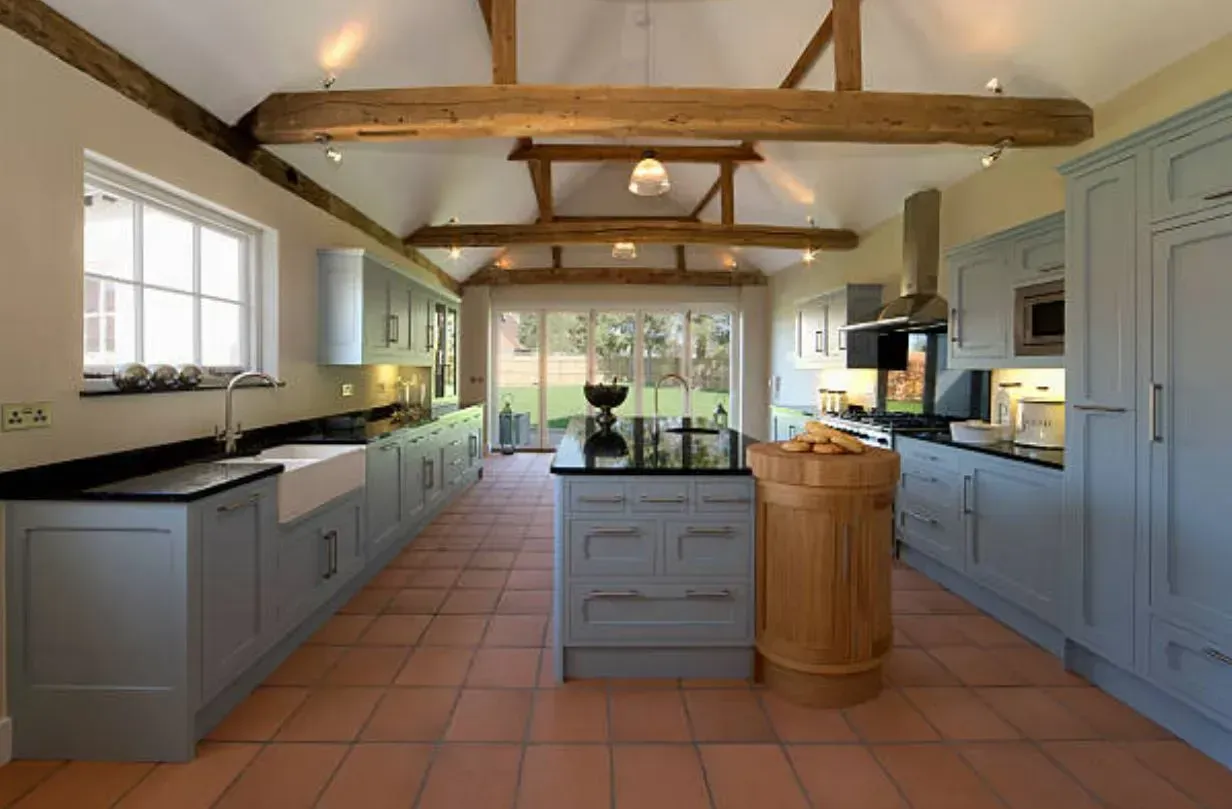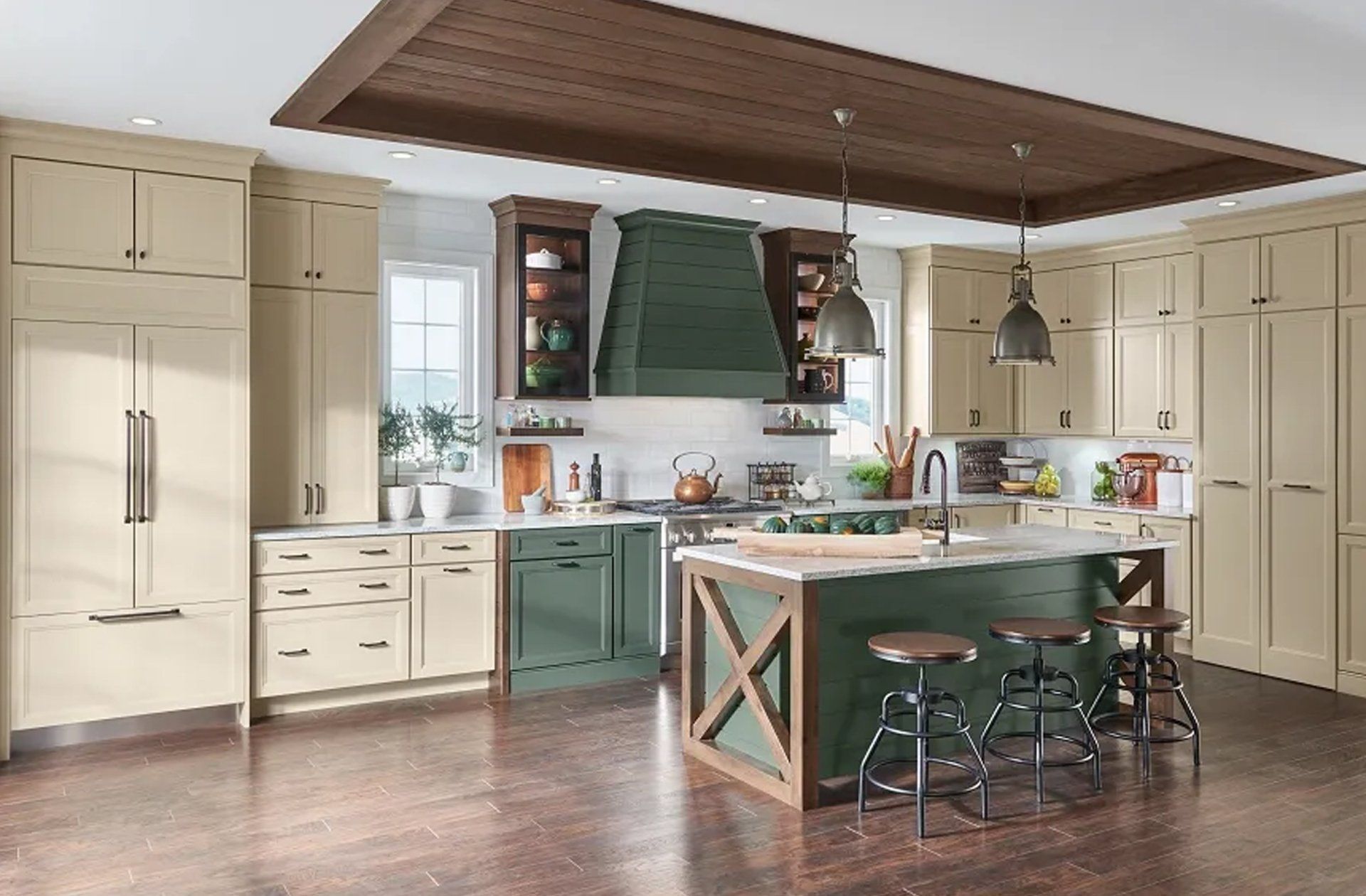Transitional Kitchen Design: A Blend of Modern and Traditional
A kitchen is the heart of a home, where delicious meals are cooked, and memories are made. A well-designed kitchen should reflect your personality and lifestyle while providing functionality and efficiency. The transitional kitchen design is a popular trend that blends modern and traditional styles to create a timeless and elegant space. In this blog post, we will explore transitional kitchen design and the elements that make it a popular choice among homeowners.
What is Transitional Kitchen Design?
Transitional kitchen design is a combination of traditional and modern styles. It is a perfect blend of classic and contemporary elements, which results in a timeless and elegant space. A transitional kitchen is a bridge between traditional and modern styles, offering the warmth and familiarity of traditional design while incorporating the clean lines and sleek finishes of modern design.
The transitional kitchen design is perfect for homeowners who want to update their kitchen's look without sacrificing the charm and warmth of traditional design. It is a popular choice among homeowners who want a kitchen that will stand the test of time, and that won't become dated in a few years.
Elements of Transitional Kitchen Design
There are certain elements that define transitional kitchen design. Here are some of the key features of this design style:
1.Neutral Color Palette
Transitional kitchens typically use a neutral color palette that includes white, beige, gray, and other muted tones. These colors create a calming and soothing atmosphere that is perfect for a kitchen.
2.Mixed Materials
Transitional kitchens combine different materials to create a unique and stylish look. For example, a transitional kitchen might feature a marble countertop, a stainless steel sink, and a wooden kitchen island. Mixing materials adds depth and interest to the space.
3.Clean Lines
Transitional kitchens have clean lines that create a sense of simplicity and sophistication. This design style avoids ornate details and instead focuses on simple, yet elegant, lines.
4.Simple Cabinetry
Transitional kitchen cabinets are simple and elegant, with clean lines and minimal detailing. Shaker-style cabinets are a popular choice for this design style.
5.Blend of Modern and Traditional Details
Transitional kitchen design blends traditional and modern elements to create a unique and timeless look. For example, a transitional kitchen might feature a traditional chandelier above a modern kitchen island.
6.Texture
Texture is an essential element in transitional kitchen design. Incorporating different textures, such as a textured backsplash or a patterned rug, adds depth and interest to the space.
7.Lighting
Lighting is crucial in transitional kitchen design. It can make a space feel warm and welcoming, or bright and energetic. Incorporating different types of lighting, such as pendant lights and under-cabinet lighting, creates a layered and dynamic space.
Benefits of Transitional Kitchen Design
There are many benefits to choosing transitional kitchen design. Here are some of the reasons why this design style is so popular:
1.Timeless
Transitional kitchen design is timeless and will never go out of style. It is a perfect blend of traditional and modern elements, making it a versatile design style that will remain relevant for years to come.
2.Versatile
Transitional kitchen design is versatile and can be adapted to suit any homeowner's style and preferences. Whether you prefer a more traditional or modern look, transitional design can accommodate your needs.
3.Elegant
Transitional kitchens are elegant and sophisticated. They combine classic and contemporary elements to create a unique and stylish space.
4.Functional
Transitional kitchens are designed to be functional and efficient. They incorporate modern appliances and technology while maintaining the warmth and charm of traditional design.
5.Easy to Update
Because transitional kitchen design is a blend of traditional and modern styles, it is easy to update and refresh over time. Changing the hardware or updating the lighting fixtures can give your transitional kitchen a fresh and updated look.
Here are some tips for creating a transitional kitchen:
1.Choose a Neutral Color Palette
As mentioned earlier, transitional kitchens typically use a neutral color palette that includes whites, beiges, grays, and other muted tones. These colors create a calming and soothing atmosphere that is perfect for a kitchen. Consider using different shades of the same color to create depth and interest in the space.
2.Focus on Clean Lines and Simple Cabinetry
Transitional kitchen design focuses on clean lines and simple cabinetry. Shaker-style cabinets are a popular choice for this design style because they are simple and elegant. Avoid ornate details and instead focus on clean, straight lines. This design style emphasizes simplicity and sophistication.
3.Mix Materials
Mixing different materials is an essential element of transitional kitchen design. Incorporating different textures, such as a textured backsplash or a patterned rug, adds depth and interest to the space. Consider using a mix of natural materials, such as wood and stone, to create a warm and inviting atmosphere.
4.Incorporate Modern Appliances
Transitional kitchens incorporate modern appliances while maintaining the warmth and charm of traditional design. Stainless steel appliances are a popular choice for this design style because they add a modern touch without sacrificing the traditional elements of the space. Consider adding a smart appliance or two to further incorporate modern technology.
5.Add Layered Lighting
Lighting is crucial in transitional kitchen design. It can make a space feel warm and welcoming or bright and energetic. Incorporating different types of lighting, such as pendant lights and under-cabinet lighting, creates a layered and dynamic space. Consider adding dimmer switches to your lighting fixtures to create a cozy atmosphere during dinner parties or family gatherings.
6.Mix and Match Furniture
Transitional kitchen design is all about mixing and matching furniture. Consider incorporating different styles, such as a traditional dining table with modern chairs or a vintage bar cart with sleek, contemporary stools. Mixing and matching furniture adds interest and personality to the space.
7.Incorporate Personal Touches
Incorporating personal touches is essential in creating a transitional kitchen. Consider displaying family photos or artwork on the walls or adding a collection of vintage plates to your open shelving. Personal touches add warmth and personality to the space.
Conclusion
Transitional kitchen design is a popular trend that combines traditional and modern styles to create a timeless and elegant space. This design style is perfect for homeowners who want to update their kitchen's look without sacrificing the charm and warmth of traditional design. By incorporating elements such as a neutral color palette, mixed materials, clean lines, and modern appliances, you can create a beautiful and functional transitional kitchen that will stand the test of time.
And Quaker Cabinets is here to help you with all your design needs! Call us at 267-227-3363 to schedule your free design consultation today!




